Safety is key when out on the road, which is why dash cameras have grown in popularity with consumers. They’re not only great for recording a family trip, but they’re also an added piece of security and can be a second pair of eyes on the road. As more modern features come into play, dash cameras are becoming an essential vehicle accessory for many drivers.
Table of Contents
Dash cameras in today’s market
Different types of dash cameras
Factors to consider when choosing a dash camera
Dash cameras for businesses
Dash cameras in today’s market
Dash cameras are an important piece of technology to have in any vehicle, whether for personal use or for business purposes. The amount of dash cameras sold in recent years has increased as they help to speed up insurance claims, protect against vehicle theft, and give an added sense of safety to the overall driving experience.
In 2021, the global market value of dash cameras reached USD 3.38 billion. This number is projected to increase at a CAGR of 9.5% from 2022 to 2030, reaching USD 7.64 billion by the end of 2030. Many insurance companies are encouraging drivers and businesses to invest in dash cameras for safety purposes and peace of mind while driving or when parked, which accounts for a part of this increase in sales.
Different types of dash cameras
When it comes to selecting the right dash camera, there are a few different types to consider. Front-facing dash cameras, also known as “one channel” cameras, are mounted on the front windscreen or dash and record what’s in front of the driver. Dual channel cameras, on the other hand, record what’s happening in front and behind the vehicle by placing a dash camera on the windscreen as well as on the back window. Then there are four-way channel dash cameras that, as the name suggests, record in all directions rather than just the front or back.
Factors to consider when choosing a dash camera
There are several factors to consider when choosing the right dash camera, on top of which style to go for. Factors such as discretion, GPS, storage space, ease of use, video quality, the number of cameras, and overall budget are all important considerations to take into account.
Discretion
One significant factor to consider in selecting the right dash camera is how discreet it looks from the outside. Many smaller dash cameras are easy to incorporate into the rearview mirror and aren’t too noticeable. Others are very large and easy to spot, and for those, it’s recommended that they be removed when the car isn’t in use to avoid theft.
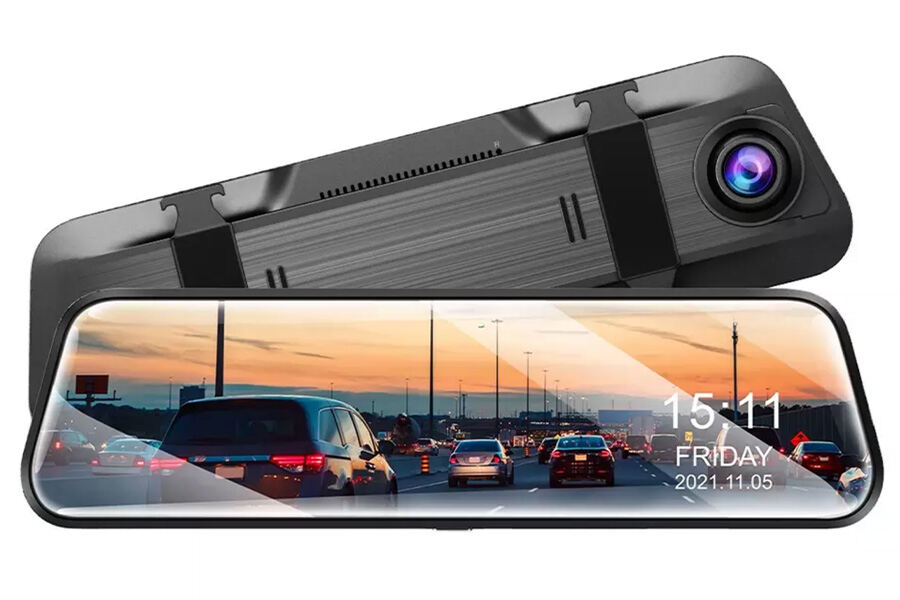
GPS
When selecting the right dash camera it’s vital that the information recorded has as much detail with it as possible. Having a built-in GPS module in the dash camera allows for a more comprehensive recording of the data and will assist the police and insurance companies in their inquiries if necessary. This is an important factor in dash cameras for any business, and it’s a feature that’s slowly being incorporated into all styles of them.
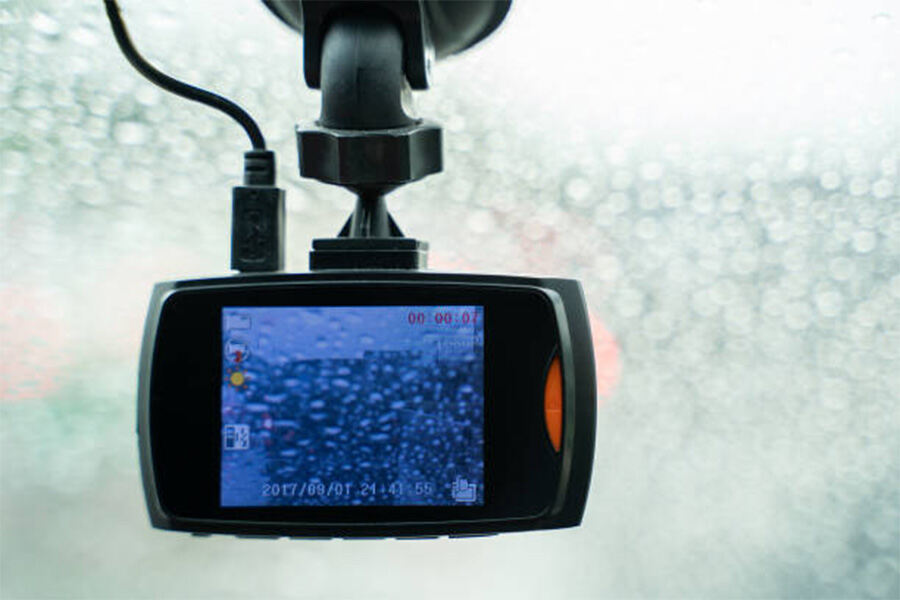
Storage
When it comes to the capabilities of a dash camera, one of the most important aspects is how much data it can store. It’s important that the dash camera is compatible with good-quality memory cards so that the footage isn’t faulty when played back. The larger the memory card the more recording time will be available, so for businesses that want to continuously have a dash camera filming, one that can hold up to 256GB is a good option.
Ease of use
Dash cameras should be easy to use in all situations, from set-up to recording to getting the footage onto a computer. The newer models of dash cameras are built with touch screens that make it easier than ever to adjust settings and start filming. In the past, dash cameras had little to no screens, which made it difficult to use them when the driver didn’t know what setting the camera was on.
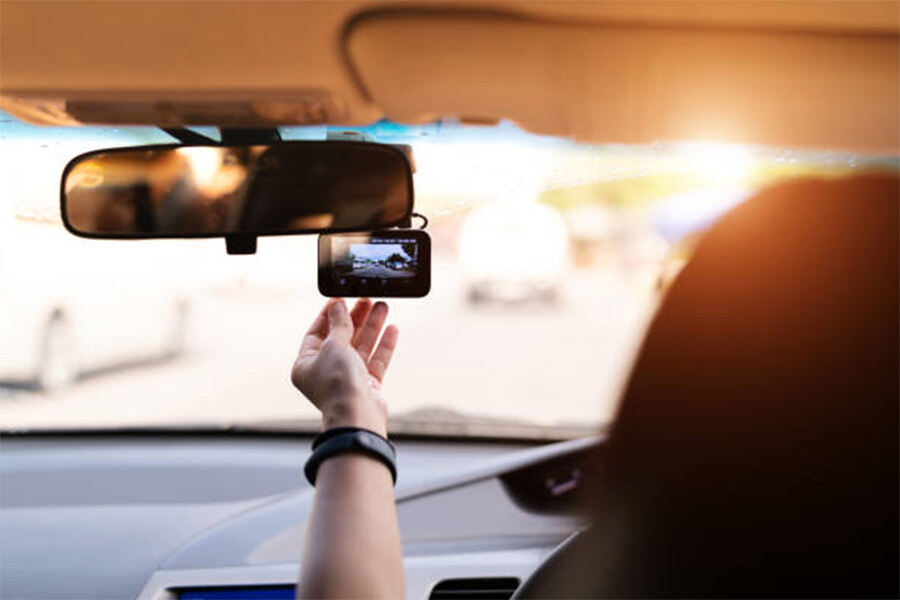
Video quality
Selecting the right dash camera for a business depends on quite a number of factors, but one of the most important and the first to be looked at should be the video quality. Dash cameras with 4K recording capabilities offer the clearest images on the market. This is important for sharing license plates and images or videos with the insurance company or in some cases the police.
Newer styles of dash cameras also include night vision, which is another feature to consider when selecting the right dash camera, especially if a lot of driving is done in the evening.
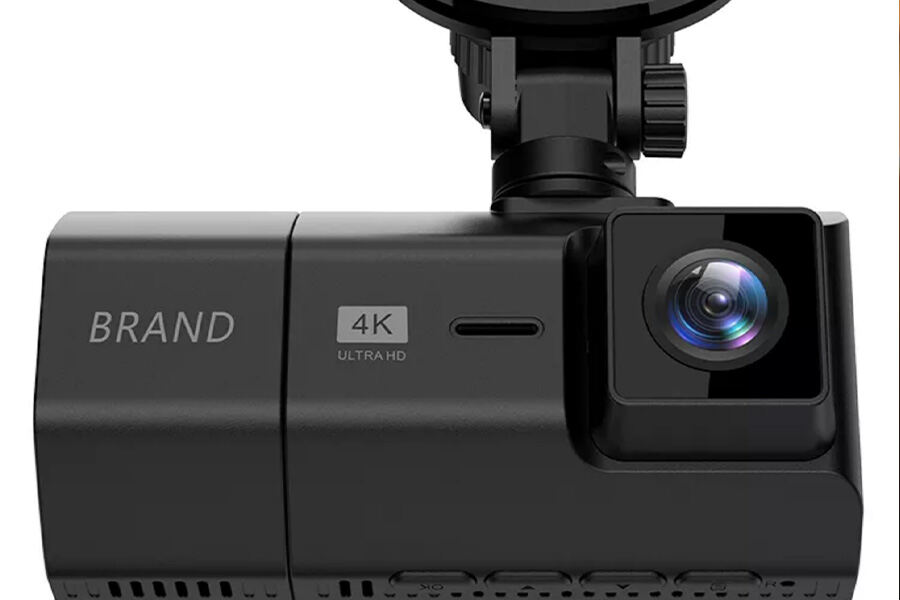
Number of cameras
External-only cameras help to monitor the outdoor space around a vehicle and the footage can be important if an accident or theft occurs. For some drivers, it may be important to have a dash camera that offers both internal and external recording. The internal aspect of a camera offers an added security measure to help deter theft, but can also be used for driver monitoring to ensure that they’re doing their job properly.
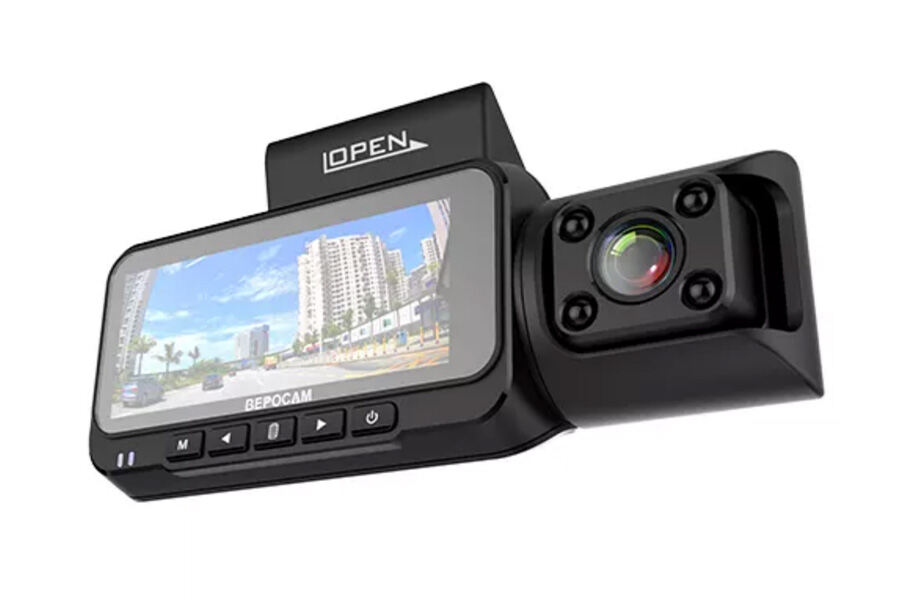
Budget
Dash cameras can be relatively inexpensive for businesses that want to have the bare minimum video quality and don’t want to invest a lot of money. The most basic cameras will have features such as external recording and a good amount of storage. The more expensive dash cameras will include features such as GPS, a large storage capacity, night vision, dual cameras, and sometimes WiFi capabilities. Selecting the right dash camera for a business not only depends on budget but also on what features will be needed for optimal security.
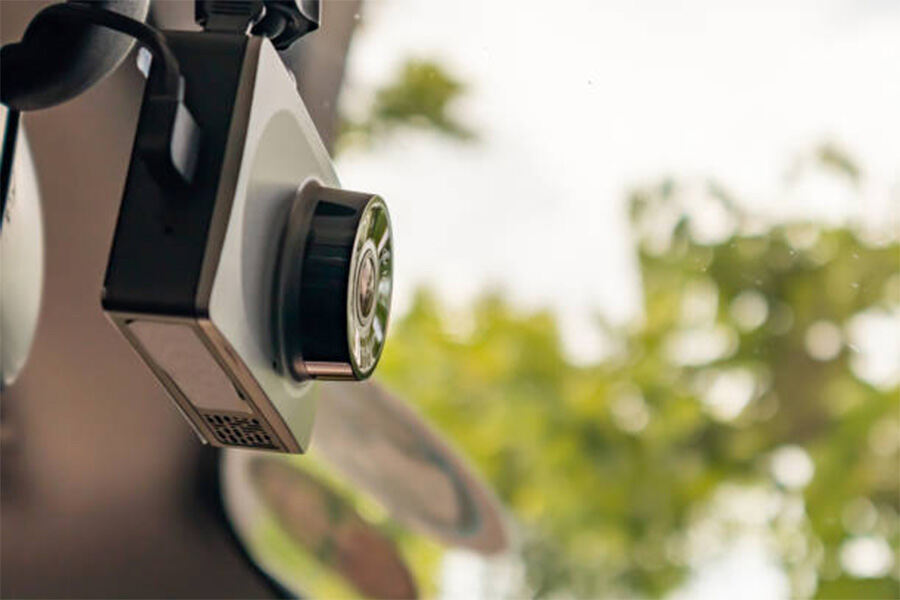
Dash cameras for businesses
Dash cameras are growing in popularity among regular consumers as well as business owners. They’re not only a good way to keep track of drivers, but they also add an extra piece of security that wasn’t there before. Key factors to consider when purchasing a dash camera include: discretion, GPS, storage space, ease of use, video quality, the number of cameras, and the overall budget.
Even the most basic dash cameras can be fully utilized in situations where theft or an accident has occurred, so they will continue to grow in popularity as more features are added to them to make them indispensable while on the road.



